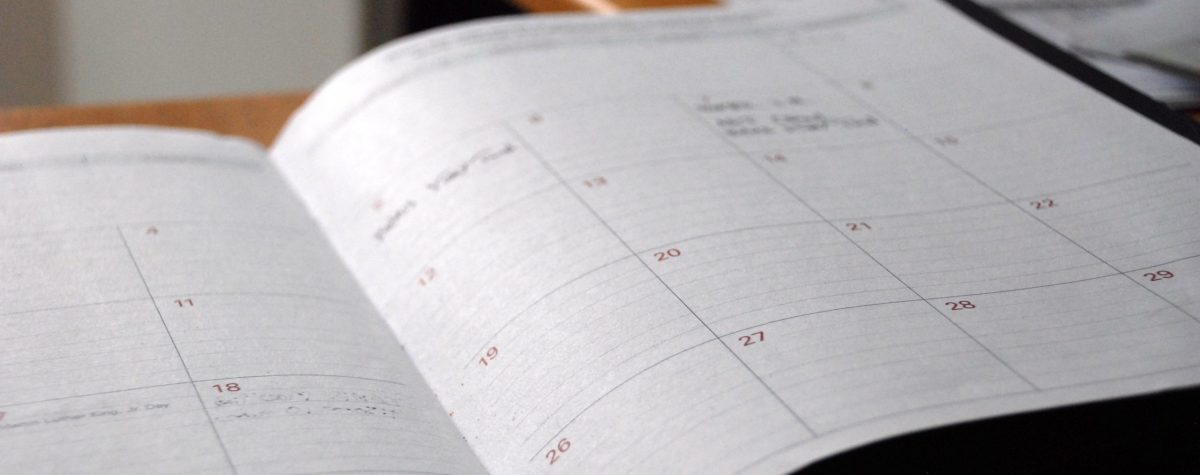Read along as veteran Christian school teacher and popular Abeka presenter Kim Smith shares ideas you can use to make your classroom amazing.
Schedule. When you hear that word, do you grin or grimace? Whichever your reaction, can’t we all agree that when a schedule is used effectively, it is an indispensable tool? For me, a good schedule helps save time, creates calm, helps maintain focus, and promotes an atmosphere for work and learning. But remember, schedules are not our taskmasters; instead, they make room for the flexibility that working with students of all ages requires.
My Classroom Schedule Kept My Students Working and “In the Know”
Think of a schedule as a way of providing advance notice about the happenings of the day or the class period. (The day starts with Bible. Arithmetic starts with homework check and a speed test. Recess is after Reading.) My class could mentally prepare for what to expect. The day and each class took on a predictable rhythm.
Think of a schedule as time management training. My students learned that “first we work and then we play.” We had a plan! I valued my time with them. Learning happened, and things got done!
My Classroom Schedule Kept Me Moving Forward
I became more time conscious. I was less apt to shortchange lessons because I “ran out of time.” I developed a sense of urgency.
I had a better sense of how to prepare. I figured out that when grading and prepping in the daily order in which I taught, my thoughts were generally more organized. I accomplished more in a shorter time. Following Abeka’s suggestions, Bible and core academic subjects came early in the day. Abeka’s suggested teaching times for each subject were a great scheduling help.
Here Is What Helped Me Keep on Schedule:
I put my class schedule on a card and kept checking it throughout the day until it was memorized. Post it on the board, have it in your plan book, keep it on your clipboard, and give it to your director or administrator!
I penciled in start and end times on the lesson plan.
I sometimes used timers. They worked well for review games. When the timer went off, whether we were finished or not, we’d stop and go on to the next thing. This highly motivated both the students and me! And a further benefit, the students were not upset with me for ending the game—it was the timer!
I really tried to have one new game, review activity, experiment, demonstration, object lesson, or motivational activity per subject per week. Building excitement for what is to come in the day is the number one motivator of making schedules stick!
Practice Saves Time (Eventually)
What did we practice? I began with this advice from Harry and Rosemary Wong:
“One of the greatest gifts a caring teacher can contribute to children is to help them practice and learn
To sit when they feel like running
To raise their hand when they feel like talking
To be polite to their neighbors
To stand in line without pushing
And to do their work when they feel like playing.”*
Very basic, I know, but emphasis on these basic practices saves many minutes of “correction interruptions” and creates a positive learning environment—to say nothing of a successful life!
Try It Today
Download our Schedule Card to keep yourself on track! Here’s how to use it:
- Write down the beginning and ending time of each activity.
- Highlight the times that affect other classes if you’re late.
- Keep it handy (in your pocket, on your desk, or in your plan book to take home for planning and
- practice).
- Refer to it often in the first weeks of school until it becomes a natural part of your “inner clock.”
*The First Days of School: How to Be an Effective Teacher, 4th ed., Harry K. Wong Publications www.EffectiveTeaching.com




Comments for Keeping on Track with a Schedule
Add A Comment
Your email address will not be published. Required fields are marked *